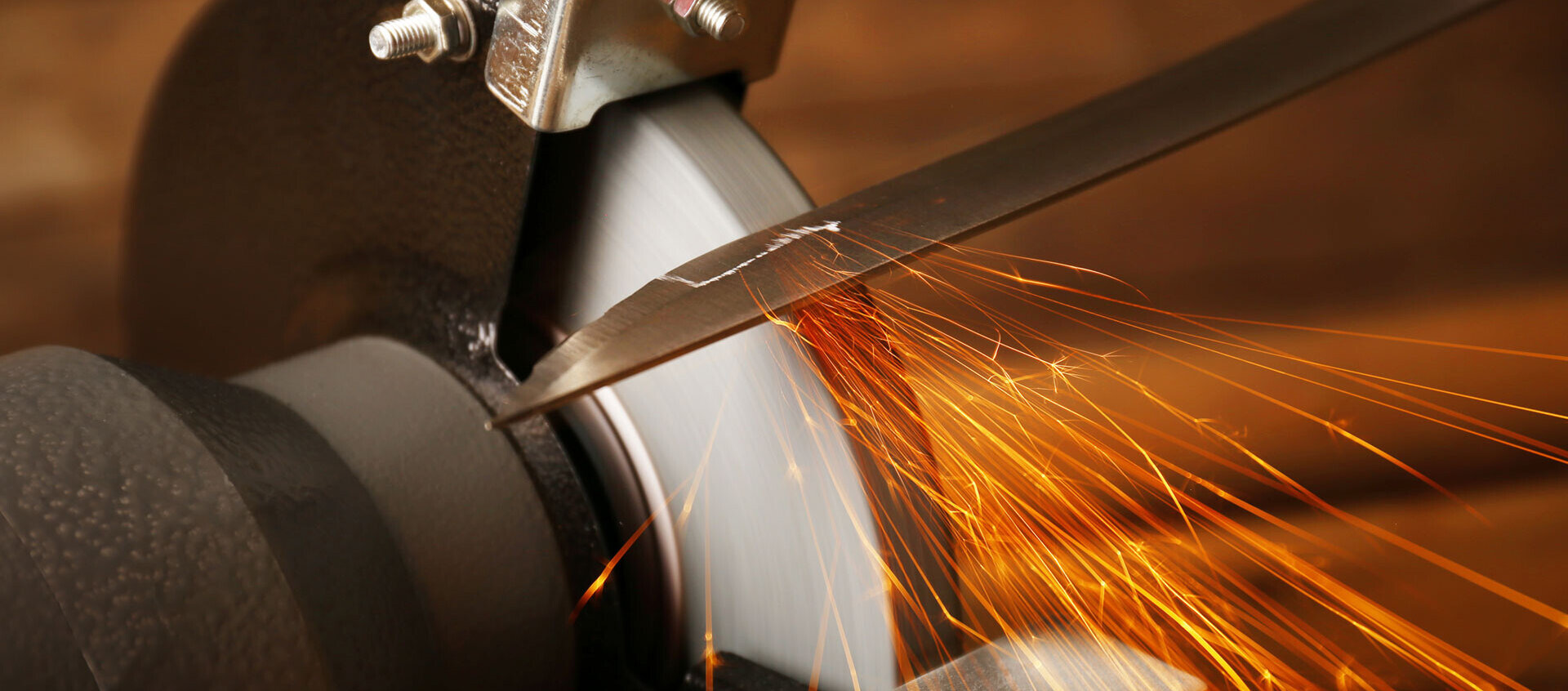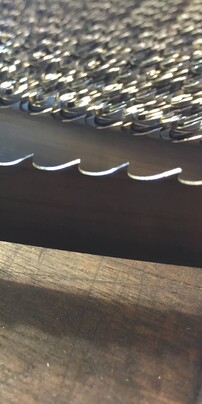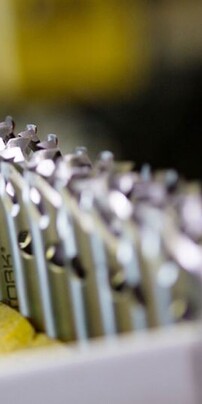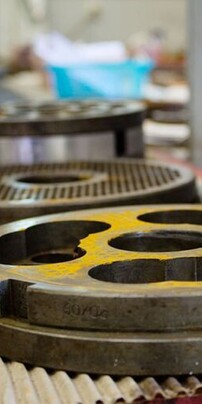What can we sharpen?
- Mincer Plates
- Knives and Grinding Systems
- Auto Slicer & Bowl Cutter Blades
- Dicer Blades
- Circular and Slicing Blades
- Butcher Knives
- Microtooth Blades
- Household Knives
- Garden Tools
- Scissors
- Hoof Knives
- Plus much more!
Knife sharpening FAQ
Q: Can I use a knife sharpener on my expensive knives?
A: Yes. If you buy the right knife sharpener, you can absolutely use it to sharpen your expensive and high-end knives. Some things to look for in a good knife sharpener are 100% diamond abrasive wheels and good quality guides for the sharpening slots. Also be sure you are using the appropriate sharpener for the type of knife you are sharpening. For instance, with stainless steel vs. carbon steel knives; it’s typically better to sharpen carbon steel knives by hand, while stainless steel can be sharpened on a sharpener.
Q: What type of cutting board should I use to keep my knives from going dull?
A: The best cutting board is a soft one. Wooden or composite plastic cutting boards are easier on a knife blade than harder materials like glass, granite, ceramic or marble, which can cause the edge to roll or become damaged. For this reason, you should never cut directly on the countertop.
Q: How often should I sharpen my knives by sharpening?
A: Depending on use, you may need to resharpen 3-4 times a year if you properly maintain your blades. Ideally, you should aim to keep your knife in tip top shape by honing it after nearly every use. Running the blade over a steel or ceramic rod, or through the finishing stage of your manual or electric knife sharpener fairly regularly will keep the blade edge straight and cutting well. This will immensely cut down on the number of times your knives actually need to be sharpened.
Q: Does knife sharpening cause damage to the knife?
A: Whenever you sharpen a knife some metal will be removed, however only a very minimal amount of metal should be removed during sharpening. This is why it is imperative to use a qualified knife sharpener that’s trained to protect the blade from damage and excess metal removal. If you don’t know the proper technique for sharpening a knife by hand, it’s better to use a manual or electric knife sharpener with well-designed guides that will protect the blade properly. But it is more important not to use just any cheap knife sharpener to do the job these WILL damage the blade.





